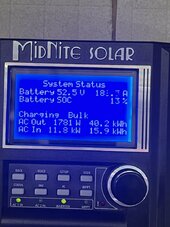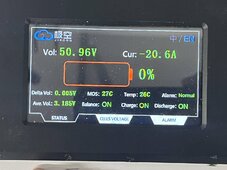kolek
Inventor of the Electron
- Joined
- Sep 29, 2021
- Messages
- 526
Just curious, how many hours did you spend figuring out how to get it working, configuring, fiddling with small wires and breadboards, testing, etc.?It’s truly been rock solid for just a few dollars.






